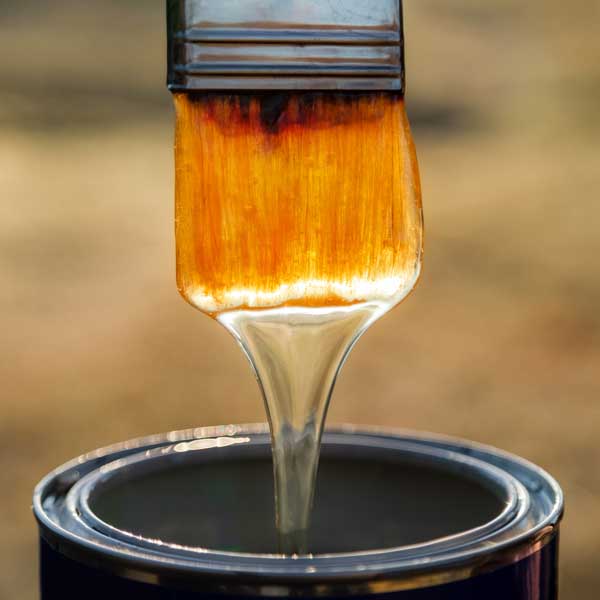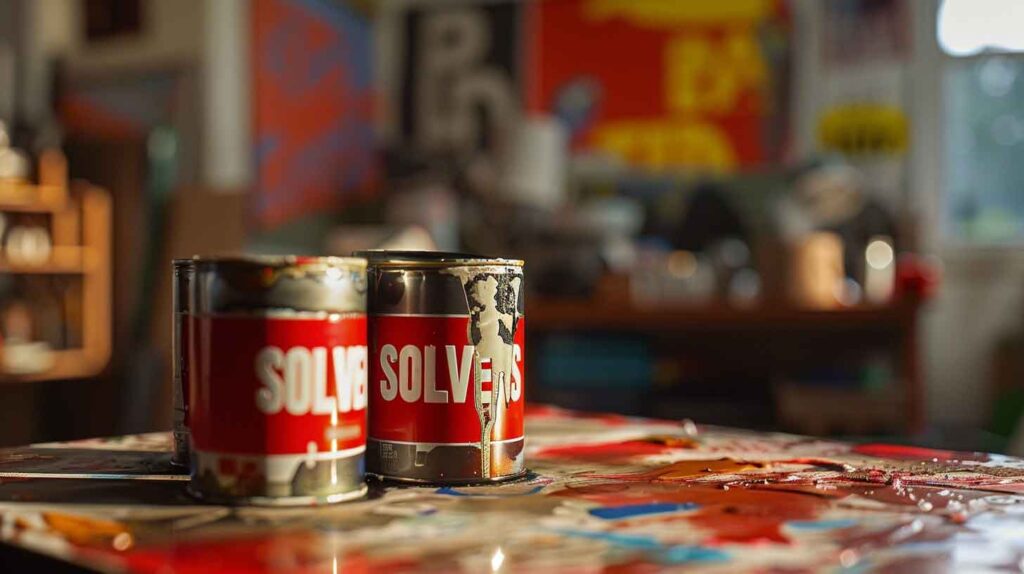
How Varnishing Artwork Affects Its Appearance
Varnishing artwork can correct issues and enhance its appearance. But what varnish should you use? An ideal varnish should be nonpolar and stable and should not oxidize or yellow. Unfortunately, the opposite is true: commonly used varnish materials, natural resins such as dammar, are unstable, oxidize very quickly, and yellow considerably. Thus, they need to be replaced regularly.
The market for synthetic polymers in the past century produced a broad range of resins that seemed very promising for use as varnishes in the field of conservation: the polymers are very stable, not prone to yellowing, and their composition is much more defined and less variable as in natural resins.
Initial experience with high molecular weight (HMW) polymers (e.g., polyvinyl acetate, polyester, and acrylic polymers) was disappointing. The varnishes were found to be less stable than expected. Crosslinking resulted in aged varnishes that were difficult to dissolve or were insoluble in common solvents. Such varnishes are often very difficult to remove without severely damaging the painting.
The sheen of these polymeric varnishes was often found to be inferior to those of natural resins. They do not produce the same gloss and color saturation as traditional, natural resin varnishes.
Later in the century, new materials, low molecular weight (LMW) resins, were developed, showing great promise. Many of the problems associated with high molecular weight polymers can be avoided by using low molecular weight synthetic resins, such as ketone resins (MS2A), aldehyde resins (Laropal A81), or hydrocarbon resins (Regalrez 1094). Due to their lower molecular weights, these varnishes usually form smooth, glossy surfaces and remain soluble after aging. They have many good characteristics, and some are used in commercial artist’s varnishes, such as Regalrez 1094 in Gamblin Artist’s Oil Colors Gamvar.
Although synthetic resin varnishes do not yellow considerably, the optical properties after aging are sometimes inferior to that of natural resins. Blanching seems to be a characteristic aging phenomenon of synthetic resin varnishes.
Despite the advantages of synthetic resins, natural resins, such as dammar, are still widely used in varnishes, especially among European conservators, where synthetic resins are not very popular.
Frequently Asked Questions (FAQ)
What happens if you varnish a painting too soon?
Varnishing a painting too soon can lead to significant issues. If the paint beneath the varnish has not adequately dried, it may continue to off-gas solvents or water and solvents from acrylic paintings, which can cause the varnish layer to become cloudy or even crack due to the trapped gases. For oil paintings, it’s generally recommended to wait at least six months to a year before applying varnish to ensure the paint has fully oxidized and dried. For acrylics, waiting a couple of weeks should suffice, as acrylic paint dries and cures faster than oil-based paint.
How many coats of varnish should you put on a painting?
The number of varnish coats on a painting depends on the type of varnish used and the desired level of protection and sheen. Typically, one to two coats are sufficient. Each coat should be thin to avoid yellowing and cracking. For removable varnishes, such as those used in conservation, multiple thin coats may be preferable, as they facilitate future removal and replacement. It is crucial to allow each coat to dry thoroughly before applying the next to ensure clarity and evenness in the finish.
What is the best varnish for oil paintings?
The best varnish for oil paintings is one that provides both protection and aesthetic enhancement without altering the original colors of the paint. A synthetic resin varnish, or a UV-stabilized dammar varnish, is often preferred for oil paintings due to its clarity and ease of removal. These varnishes tend to yellow less over time compared to natural resin varnishes and offer better protection against UV light. When choosing a varnish, artists should consider the finish (matte, satin, or glossy) and the varnish’s long-term conservation properties.
Reference
Protect Your Art: Selecting The Perfect Varnish For Your Paintings







Responses